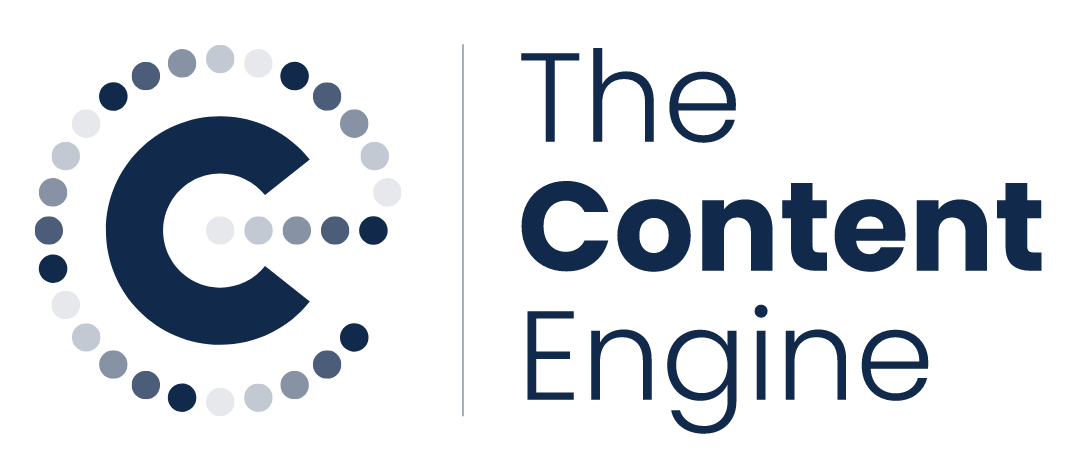Use data to make art (for better science storytelling)
You’ve got several key pieces of data that you want to get across to your audience. What do you do? Sprinkle the data points throughout the text? What about a table? Or a chart? A graph?
That might work, especially if you add some storytelling graphics. But if you want to create lasting impact, you may want to get a little more creative.
Art versus chart
While a chart does effectively present data, an infographic can communicate the underlying message you want to get across. If data is ingredients in the fridge, an infographic is a beautiful three-course meal.
We’ve all been there when bad illustration lets the story down - akin to when lovely ingredients are spoiled by an incompetent chef. It becomes the focus of attention, not the story that was supposed to be told .
Whether it’s the mismatched pie chart with cut-off data labels or a bad colour choice that distracts the eye, bad illustration is off putting .
Florence Nightingale worked this out. She may be known best in the UK as the steadfast and innovative nursing superintendent of the Crimean War, but she was also a Victorian data-viz pioneer.
Once home in the UK after the war she campaigned for public health interventions that she had put to use for the army in the Crimea. To strengthen her argument, she set about putting her data-driven evidence into visual charts, once purportedly saying of Queen Victoria that “she may look at it because it has pictures.”
Rather than set out the data in a monthly chart, where the effect of sanitation may be obscured against other considerations, her ‘rose diagrams’ used ‘wedges’ to make her point. (It’s worth listening to this podcast and reading the associated links to find out more about Florence NIghtingale’s use of data and visuals in her fight for sanitation.)
Old data, new friends
Engaging data visuals can also get your message to new audiences. Yes, you need a good network to distribute it given the status of the people within it (this analysis shows how useful Florence Nightingale’s network was), but today there are much more accessible networks.
The web and social media can carry visually impactful visuals far, if they strike a chord. In a world that is increasingly competing for seconds of our attention you have just half a second to make a reliable impression.
Visuals are also suited to channels where text is ineffective or lengthy, which is why they have taken over social media. Climatologist Ed Hawkins’ ‘climate stripes’, a visual representation of the change in temperature over the past 100 or more years, is a good example. Their simplicity and visual beauty makes the science of climate change instantly visible and shareable.
The ‘climate stripes’ have even found new life beyond social media, for example on the cover of Greta Thunberg’s book. When Reading Football Club wore them on their shirts during a match, it got the commentators talking about climate change and brought the science to a new audience.
Do you have data-driven messages that you need help getting out there?
Here at The Content Engine we have a wonderful team who are excellent at taking data and turning them into compelling visuals.

